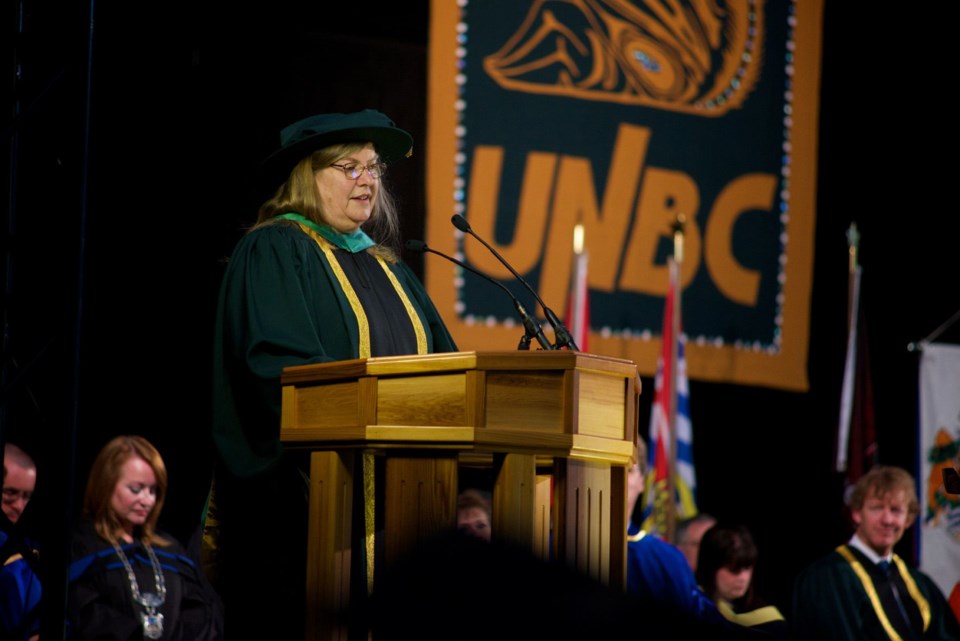At the root of many indigenous plant names, lifelong researcher Nancy Turner has found the hint of a common history or at the very least the seeds of connection.
For more than four decades, Turner has trained her attention on B.C. and northwestern North America.
There are about 50 different languages and major dialects, she said, in the region stretching down from central Alaska, south to the Columbia River and east to the Rocky mountains.
Even so, people from different regions and language groups - often geographically far apart - will share words. The words aren't necessarily carbon copies, but they are clear variations of similar words across several languages.
"It's really interesting because what it reveals there are many names that are shared across languages, from which they would have had an ancestral original term," said Turner, who works in ethnobotany, or the study of relationships between people and plants.
Turner teaches out of the University of Victoria but will be presenting her book - Ancient Pathways, Ancestral Knowledge - during her guest lecture at the University of Northern B.C. today.
Not all words share a common language, however. Some unrelated languages still have similar names for words. And in some cases, a people would have a word for a plant that is not native to the area.
"That becomes really interesting because what it means is that people were borrowing from one language to another, which means they would have been exchanging knowledge that went along with the name as well as the plants themselves."
Products from the coast, for example, would retain their name as they were traded to the interior.
"You can get an idea of the networking that was going on and the amazing contacts that people had, not just from one related language but across languages and across geographic distance as well."
Meaning can shift from one context to another, too.
For example, "ts'uu" means "spruce" in the T'enneh dialect, which is of the Athabascan language family. That same word, in Haida, means western red cedar.
Either two names were developed independently or one group borrowed one from another, she said.
"Since spruce has been here longer after the glaciation and cedar is more of a newcomer to the coast, that might have been a term that was kind of transposed or shifted in its meaning to take in cedar," she explained. "We do that with language all the time. We tend to shift the meaning of words to what is the most important and most salient."
Hazelnuts are another great example.
On the Skeena River, they're important, even the basis for Hazelton's name.
Most of these nuts are found in the southern part of the province, she said, and some on the Island in Salish territory. But they're also concentrated along the Skeena River.
Nisga'a and Gitxsan languages have a similar word to the Salish word for hazelnut.
"It hints at a couple of things, looking at the distribution of hazelnut and looking at the name used along the Skeena, it's possible that people were traveling down to the Salish area (to the mouth of the Fraser River).
One theory is that a long, long time ago the nuts would have been brought north.
"It's very complicated and we certainly don't really know how these things happen but it's interesting to think about them and they do represent some kind of interchange that went on over some periods of time a long time ago," Turner said.
"It's just to me it's exciting to think of the amount of learning and sharing of knowledge."
Turner's guest lecture is from 7 to
9 p.m. Thursday in Canfor Theatre and is titled "Sharing, Spreading, Shifting: Indigenous Peoples' Plant Names and Classification Systems in Northwestern North America."



